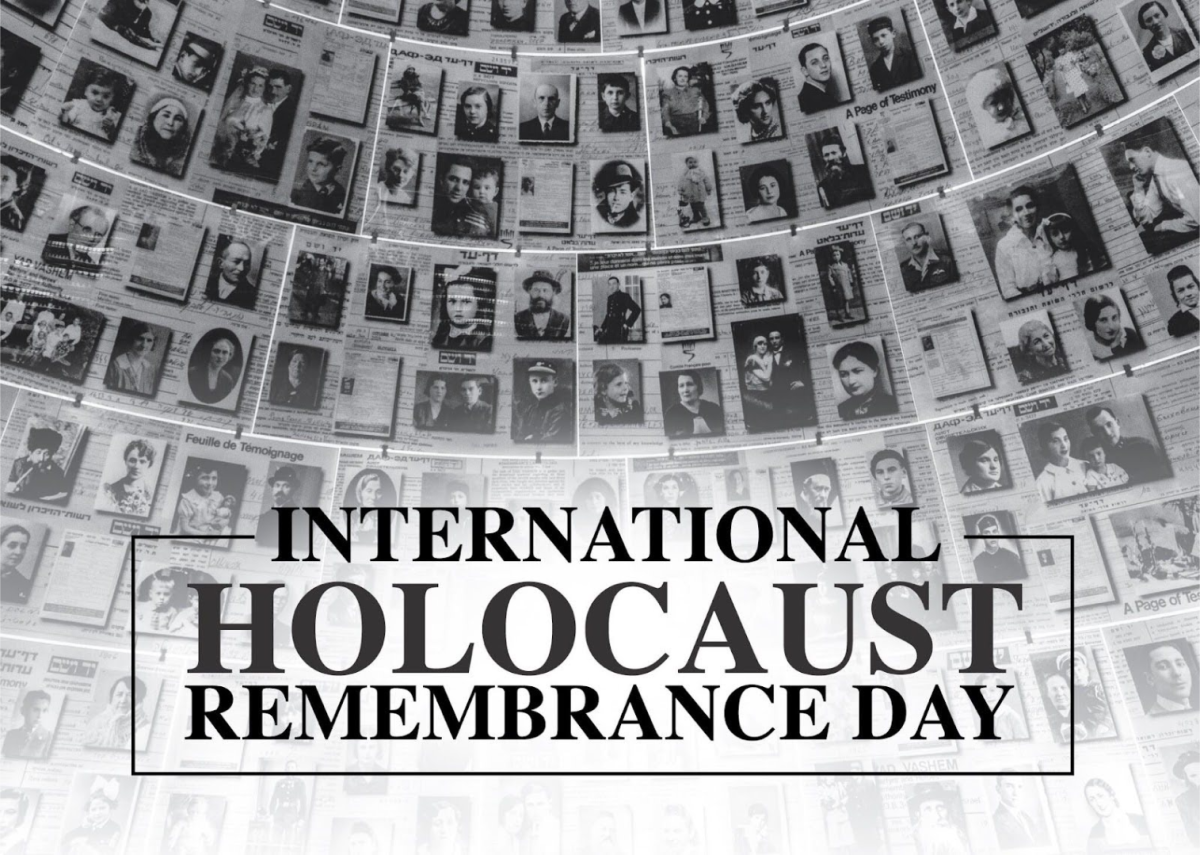Changes to suicide hotline provide critical lifeline
According to a 2019 survey, just over 18 percent of high school students consider suicide. The new 988 number could possibly reduce that number.
September 23, 2022
As of July 16, the 988 Suicide & Crisis Lifeline (formerly known as the National Suicide Prevention Lifeline) changed from 1-800-273-8255 to 988 in an effort to make it easier for those in distress to reach a lifeline. After numerous complaints of people being put on hold or hearing a busy signal, the Department of Health and Human Services decided a change was needed.
Between 2016 and 2021, around 1.5 million of the 9.2 million calls received on the National Suicide hotline were abandoned by callers or disconnected before a counselor could respond, according to data provided by the nonprofit Vibrant Emotional Health. The number change is a result of a $423 million dollar grant provided by the Substance Abuse and Mental Health Services Administration (SAMHSA).
Mental health issues have taken center stage in the past few years, even becoming a project for Florida’s First Lady Casey DeSantis when she launched an initiative for public schools to address the dire situation.
“Before working here at PBC, I was working at [Florida] JFK [Hospital] North. From adolescents, to adults, to geriatric, mental health has increased over the last couple of years. I think people are starting to notice that people are really struggling,” said Ms. Philemon, Central’s mental health guidance counselor.
In an article from Johns Hopkins University, a leader in medical research, “An estimated 26 percent of Americans ages 18 and older, about 1 in 4 adults, suffers from a diagnosable mental disorder in a given year.” It also noted that “suicide is also one of the leading causes of death in adolescents and adults ages 15 to 24.”
This presents an ever worsening problem that the new 988 Lifeline aims to fix. With funding increasing from $24 million to $423 million, operations are planned to expand.
However, Xavier Becerra, the secretary of the Federal Department of Health and Human Services has said that “[Callers won’t get] a busy signal,” said secretary of the Federal Department of Health and Human Services Xavier Becerra. “[The number] won’t put you on hold. You will get help.”
Along with being more reliable, the change to shorten the telephone number to 988 makes it much easier to remember and may lead to more calls.
“In 2021, the Lifeline received 3.6 million calls, chats, and texts,” according to the Substance Abuse and Mental Health Services Administration, SAMHSA. “That number is expected to at least double within the first full year after the 988 transition.”
Last year, the new number began to appear on student IDs along with the Crisis Hotline number. This coordinated effort could cultivate a more positive environment at school.
“I think that’s excellent,” said guidance counselor Ms. Arden. “I’m really happy because students need those resources. We have about 500 students each, so we are not always able to interact one on one with all of our students or they may not feel comfortable coming to us. They need to have a resource that is readily available to them if they’re really feeling desperate and need someone to talk to.”




